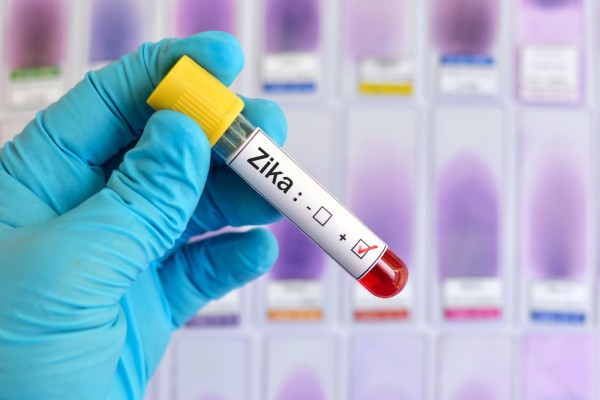
The recent Zika outbreak in Florida has got everybody across the country talking about the dangerous virus.
The virus has firstly been identified in 2007 in the Yap Island, but it had only become a real concern when it had out of a sudden reached South America in 2015. Having known a massive surge in Brazil, the actual widespread concern is more than justifiable.
Only in Brazil, there have been 1.5 million identified cases and that only during last year, making South America quite a dreaded travelling destination with some major travel alerts going on. And with it being now closer than ever, with the first cases of infection in Florida, it’s important to stay updated with all the essential information. As a nurse, you want to be able to provide optimal care for both you and your patients, especially when it comes to this infection.
What Is the Zika Virus?
Zika is a mosquito-borne single-stranded RNA virus that is mostly transmitted to humans through mosquito bites. However, transmission is reportedly possible also by blood transfusion or by sexual contact. The virus is related to other flaviviruses such as the West Nile virus, the dengue virus, and yellow fever.
Symptoms
As much as Zika shares a common family with dengue virus, its symptoms, when present, are quite different.
The incubation period of Zika is estimated to be between a few days to 2 weeks. The major issue with Zika infection is that up to 80% of those infected will show no symptoms, which makes the virus much harder to detect. When symptoms are present, they include mild signs similar to the flu: low fever, headaches, fatigue, joint tenderness, bone pains and one of the most distinctive for Zika – red eyes, or conjunctivitis. With most cases recovering in approximately a week, the virus hasn’t caused that much stir at first, but recent information on its possible effects have switched the coins. There is a suspicion of Zika having an effect on the development of the Guillain-Barré syndrome, the one responsible for severe cases such as paralysis. Also, Zika is associated with increasing the likelihood of microcephaly among newborns of mothers infected with the virus. You can learn more about it here.
To continue reading about treatment, care and prevention, visit page 2.


















